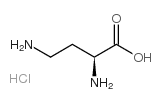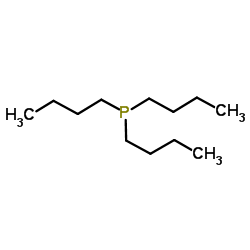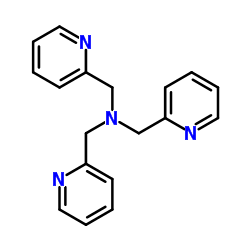| Structure | Name/CAS No. | Articles |
|---|---|---|
 |
Chloroform
CAS:67-66-3 |
|
 |
Ethanol
CAS:64-17-5 |
|
 |
H-Dab.HCl
CAS:1482-98-0 |
|
 |
Tributylphosphine
CAS:998-40-3 |
|
 |
DMBA
CAS:57-97-6 |
|
 |
Tris(2-pyridylmethyl)amine
CAS:16858-01-8 |